Greenhouse Gas Sequestration Projects
To fulfill the mandates of Hawaiʻi Revised Statutes §225P-4 (Act 15, Session Laws of Hawaiʻi 2018), the Greenhouse Gas Sequestration Task Force sponsored four (4) projects.
Completed – UH CTAHR/NREM Project

Credit: Pixabay.com
Project with the University of Hawaiʻi Mānoa College of Tropical Agriculture and Human Resources Natural Resources and Environmental Management (NREM) 611 Resource and Environmental Policy Analysis (2018 Fall) Class. The NREM 611 Class’s goal was to explore institutional and policy dimensions of natural resource development, management, allocation, markets and pricing, focusing on their environmental impacts with an emphasis on policy analysis using case studies and empirical findings.
Prof. Kirsten Oleson’s students in 2018 Fall NREM 611 Class worked together in teams focusing on one of four sectors: (i) agriculture; (ii) aquaculture; (iii) agroforestry; or (iv) urban forestry. For each sector, the teams reviewed literature and competed technically robust, if constrained, analyses about (i) the options for greenhouse sequestration within each specific land use sector and (ii) policies to incentivize these, leading to (iii) recommendations for policies Hawaiʻi should pursue or further explore. Prof. Oleson’s students in 2018 Fall NREM 611 Class created both White Papers and Power Point Presentations for each sector.
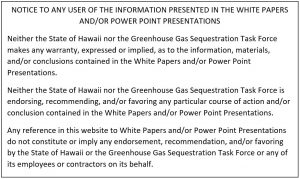
Overall Power Point Presentation Regarding Methodologies Underlying Analyses: Analyses of Nature-Based Solutions to Greenhouse Gases
Agriculture

Credit: Wikimedia Commons
By 2018 Fall NREM 611 Students Andini Ekaputri, Patricia LaPorte, Emma Smith, Aimee Taniguchi, and Rupananda Widanage
Agroforestry
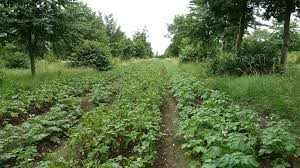
Wakelyns Agroforestry, Suffolk UK, mixed timber and potatoes
Credit: Flickr
By 2018 Fall NREM 611 Students Brooke Friswold, Zoe Hastings, Cole Hendrickson, and Yu-Fen Huang
Aquaculture
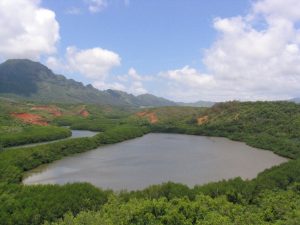
ʻAlekoko Fishpond, Kauaʻi
Credit: Wikimedia Commons
By 2018 Fall NREM 611 Students Lesley Davidson, Jonathan Fisk, Mia Iwane, Alohi Nakachi, and Kalani Quiocho
Urban Forestry
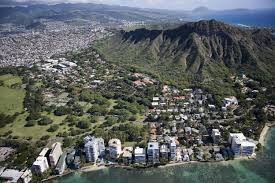
Credit: Smithsonian National Air and Space Museum
By 2018 Fall NREM 611 Students Katia Chikasuye, Maggie Enzweiler, Ryan Lea Thomas, Melissa Ryerson, and Dylan Vandenberg
Completed – HARC Soil Health Plan Pilot Project
Project with the Hawaiʻi Agriculture Research Center (HARC), a Hawaiʻi nonprofit
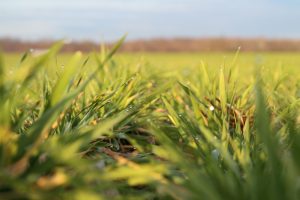
Credit: Flickr
The purpose of this project was to develop and conduct a soils health plan pilot project for Hawaiʻi. The purpose of the soils health plan pilot project for Hawaiʻi was to develop best management practices and test carbon sequestrations capabilities in best management practices for healthy soils that support farmers and ranchers statewide in increasing their product yields and greenhouse gas sequestration in the State’s agricultural and natural environments. HARC worked in collaboration with:
- Oʻahu Resource Conservation & Development Council,
- University of Hawaiʻi at Mānoa College of Tropical Agriculture and Human Resources,
- U.S. Department of Agricultural Natural Resources Conservation Service, and
- Hawaiʻi Greenhouse Gas Sequestration Task Force.
This Contract with HARC was signed March 2019 and took one (1) year to complete.
Principal Investigators: Jayme Barton and Stephanie Mock
Final report: Healthy Soils Hawaiʻi Year 1 Final Report
Completed – Desktop Analysis to
Compare Pathways of Carbon Storage
Project with Conservation International Hawaiʻi

Credit: Pixabay.com
The purpose of this project was to conduct a desktop analysis of the drawdown pathways to identify, analyze, evaluate, summarize, and compare key metrics (such as total potential carbon storage, cost per ton of carbon sequestered, etc.) for the various greenhouse gas sequestration pathways specific to Hawaiʻi’s natural and working lands and nearshore waters. The final report was published in April 2020.
Final report: Reversing Climate Change: A study of pathways through Hawai‘i’s natural & working lands
Completed – UH CTAHR Project to
Develop Baseline and Benchmarks
Project with the University of Hawaiʻi Mānoa College of Tropical Agriculture and Human Resources (UH CTAHR)
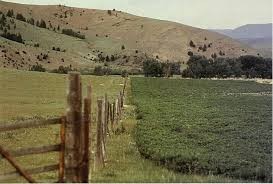
Credit: Flickr
The purpose of this project was to develop data resources required to generate a baseline and short and long term benchmarks for increasing greenhouse gas (GHG) sequestration, soil health, and yields in natural and working lands (e.g., pasture, agriculture, agroforests) in Hawaiʻi’s agricultural, forestry and other land uses (AFOLU) sector. The scope of work was to collate available data and collect additional data resources for natural and working lands that will provide the scientific basis for initialization of a decision support and planning tool that will establish benchmarks for critical indicators of change in GHG sequestration from the AFOLU sector and best management practices to support soil health, climate change mitigation, and yield in Hawaiʻi.
This work entailed:
- Compilation of available datasets for soil carbon, and other attributes, inventory in Hawaiʻi for working lands through Natural Resources Conservation Service (NRCS), National Cooperative Soil Survey (NCSS) datamart and Rapid Carbon Assessment (RaCA) downloads, acquisition of other large datasets from Hawaiʻi and county watershed partnerships, researchers and agencies, and literature review.
- Collection of soil health, yield, and GHG sequestration data from a network of productive lands, farmers, and ongoing trials as required for initialization of the CSU and NRCS decision support and planning tools and verification of the outcome projected for adaptive management scenarios.
- Written report of results that will be shared with the Hawaiʻi State Office of Planning and Sustainable Development-GIS (OPSD-GIS).
This Contract with UH CTAHR was signed on March 2019 and took two (2) years to complete.
Principal Investigator: Joshua Silva
Final report: Hawaiʻi Natural and Working Lands Baseline and Benchmarks, 2021: Final Report
